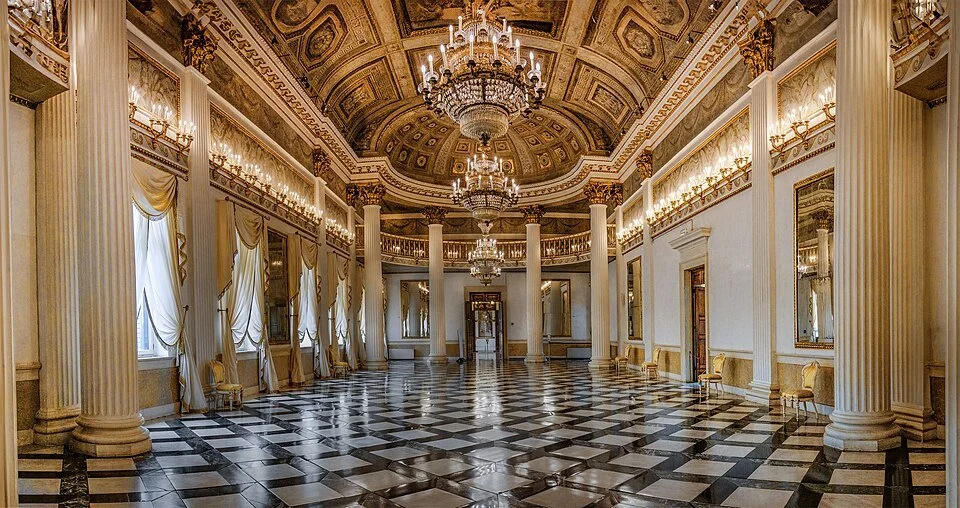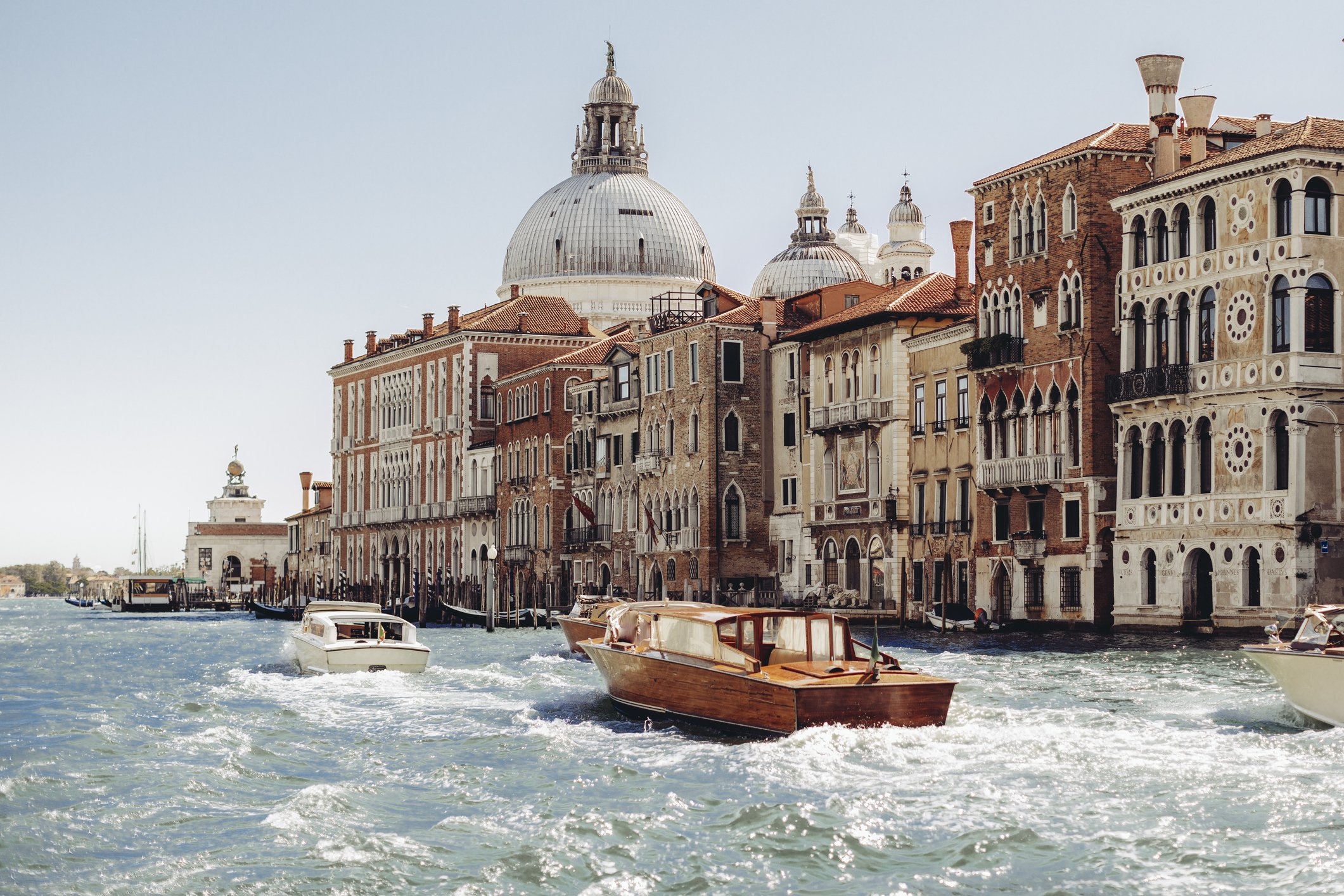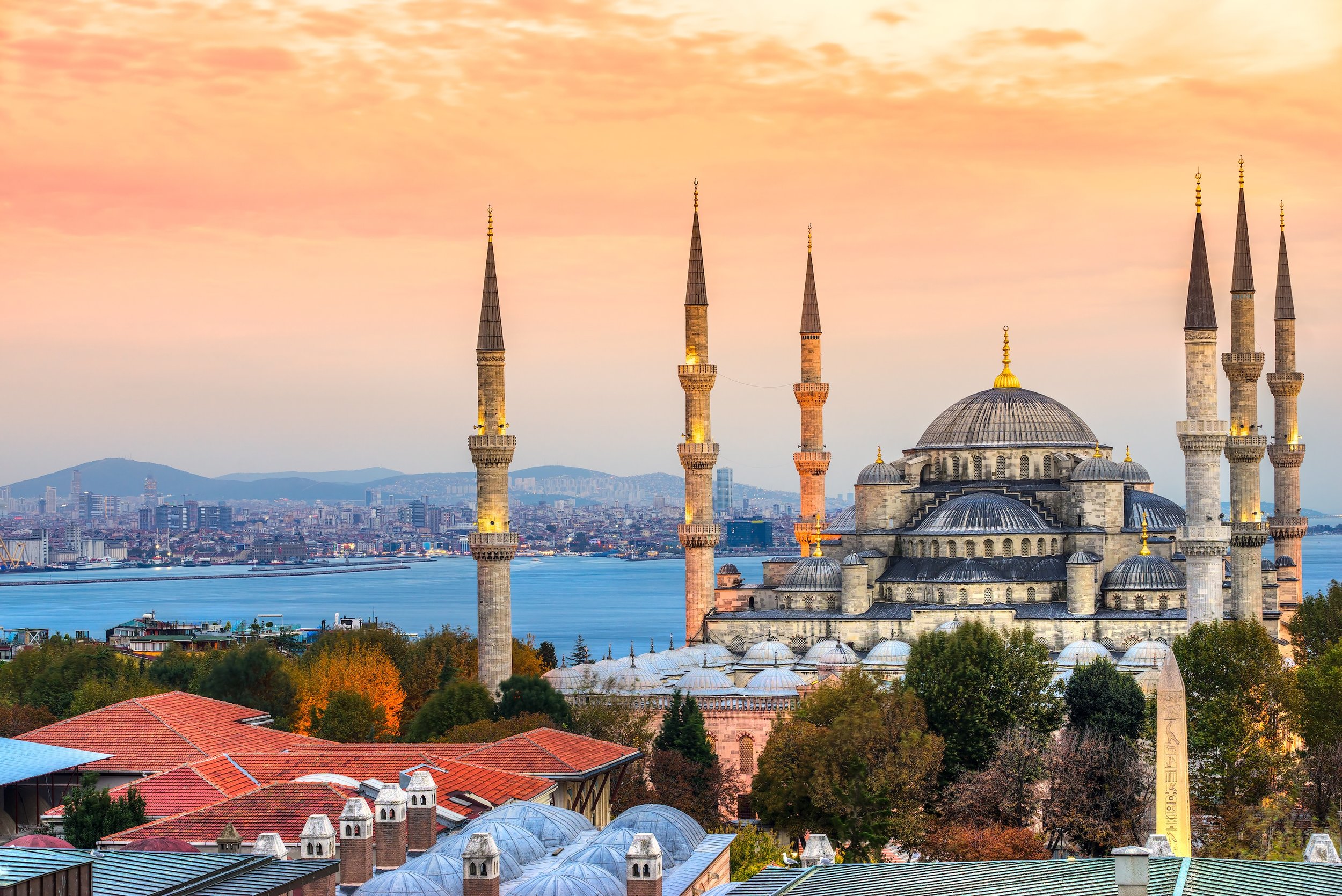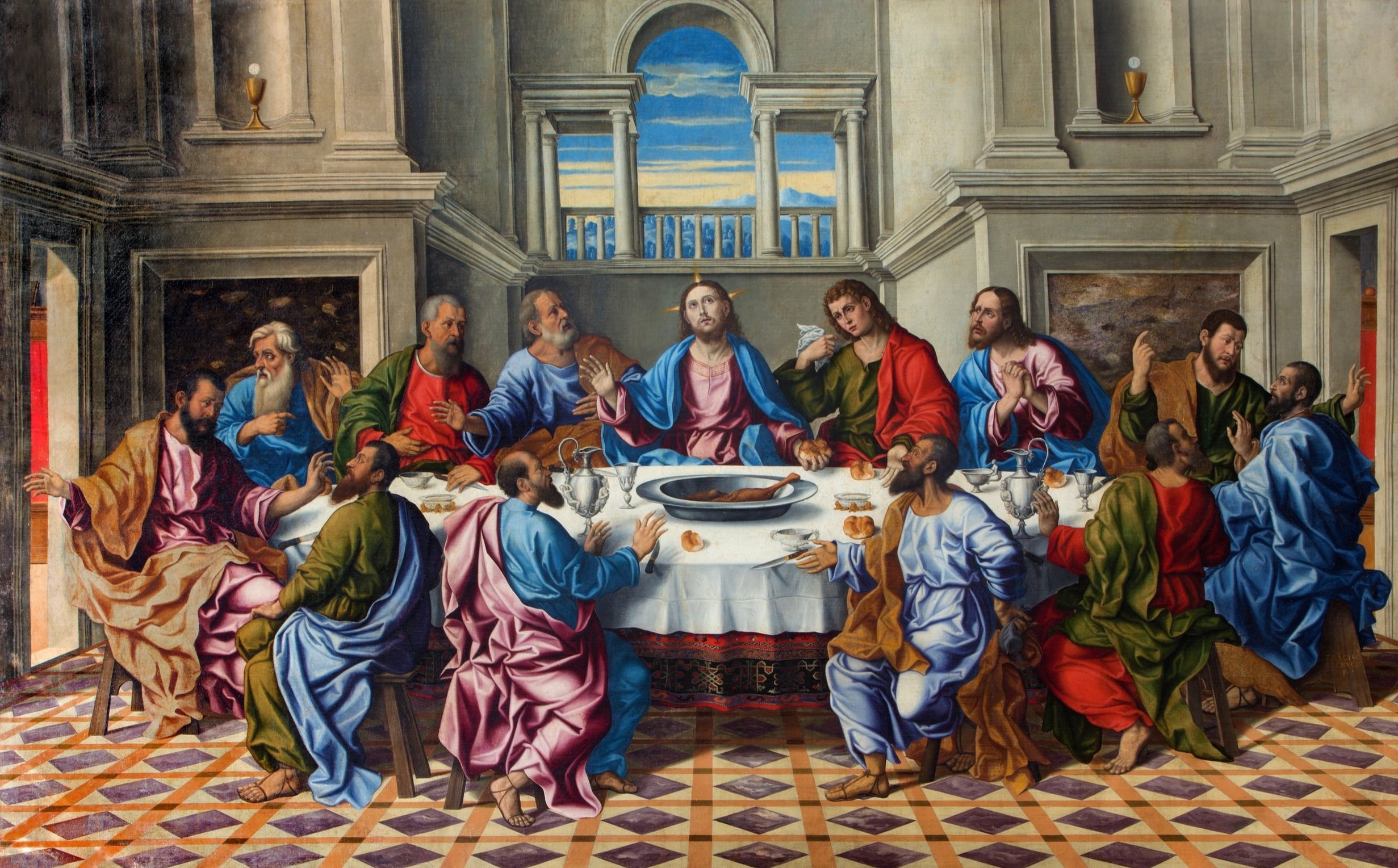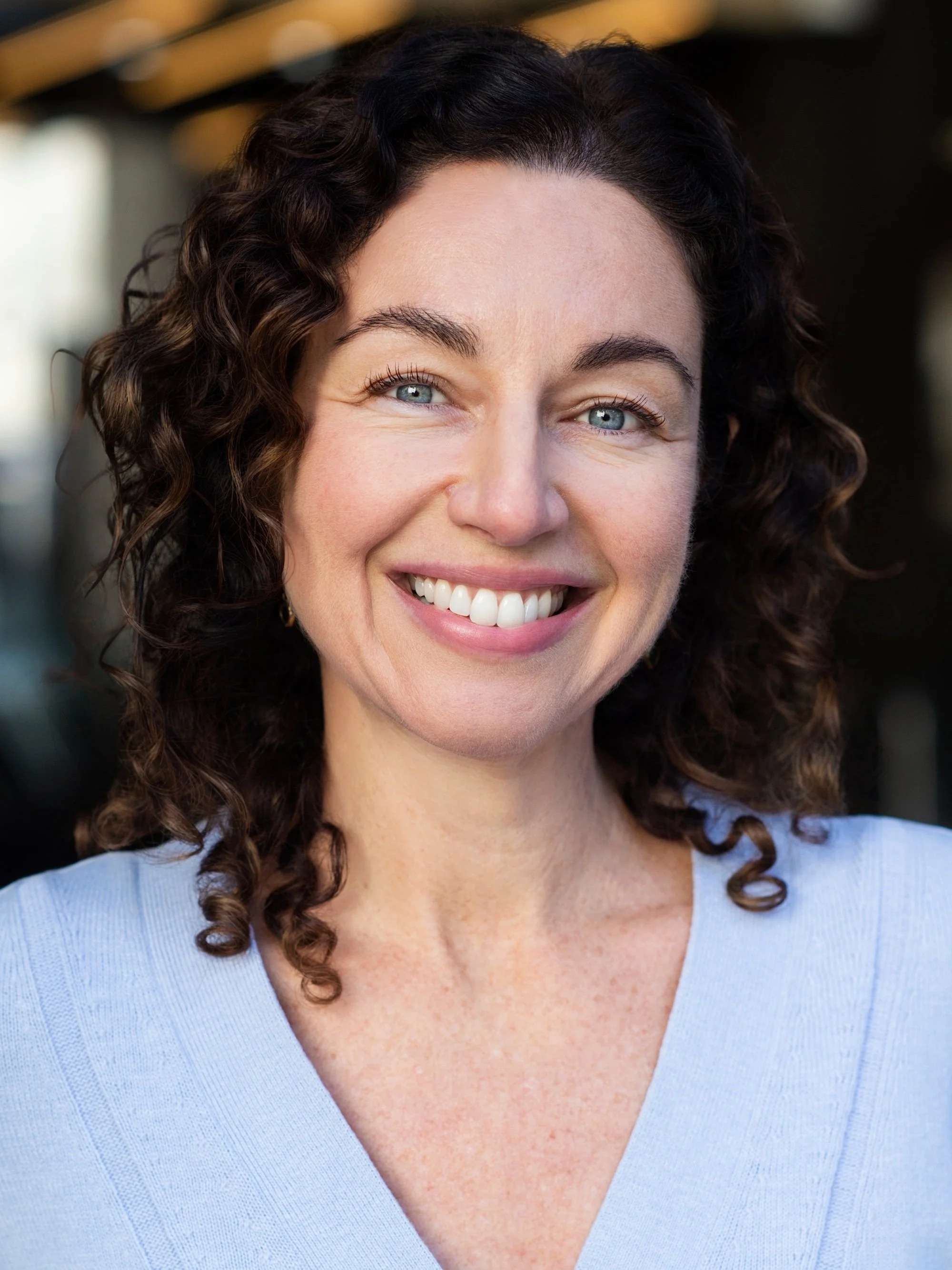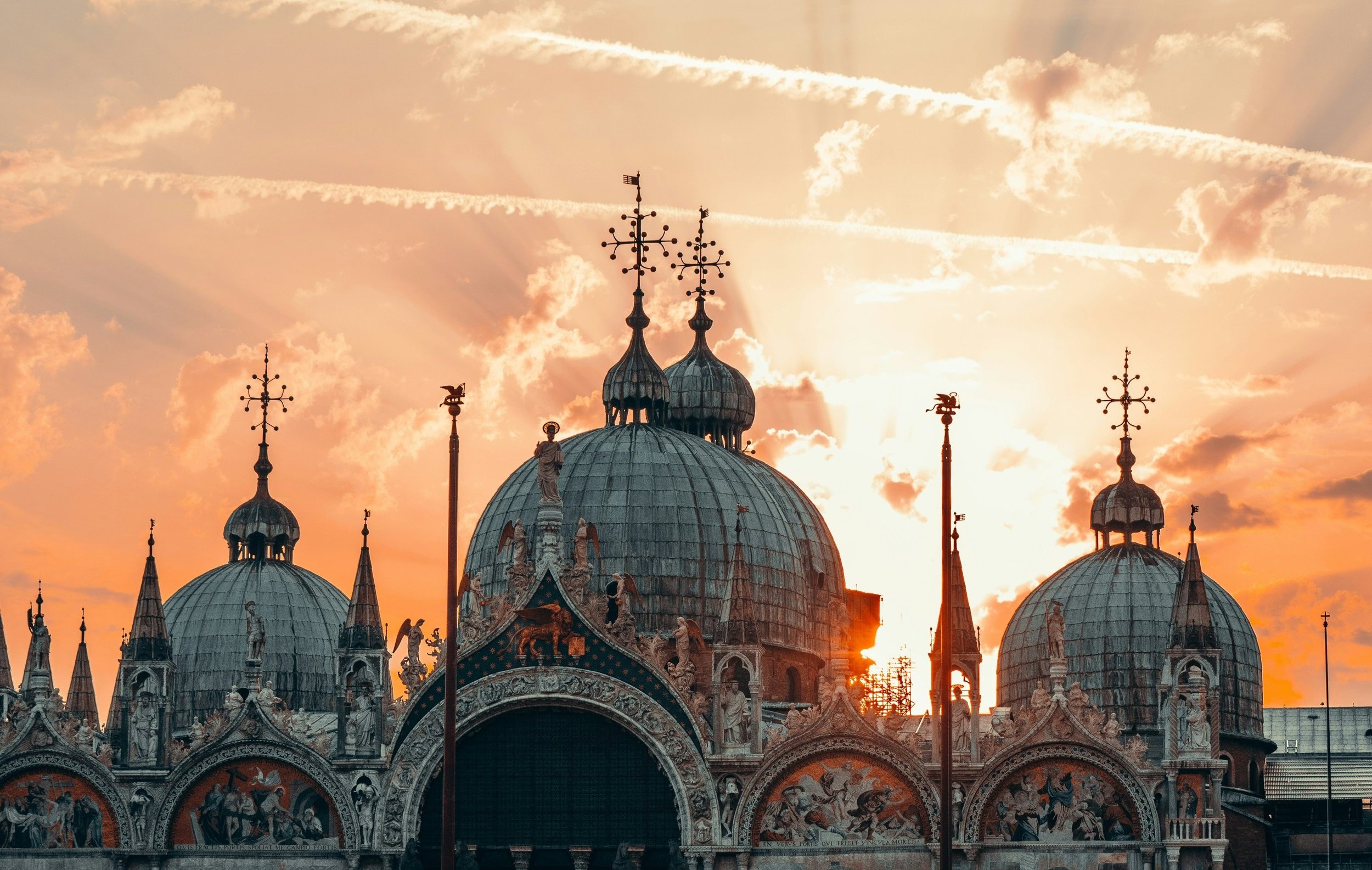
Istanbul TO venice
THE GATES OF EAST & WEST
Explore the two great medieval cities of Istanbul and Venice, indissolubly linked through their shared history and culture.
TOUR STATUS
Places Available | Maximum 16
TOUR DATES
Apr 23 - May 8, 2026 | 16 Days
TOUR LEADER
Dr Lauren Mackay | View Bio
snapshot
-
-
The tour starts at 5.00pm on Thursday 23 April, at the Sura Hagia Sophia Hotel, Istanbul.
The tour ends after breakfast on Friday 8 May, at the Hotel Al Codega, Venice.
-
Grade Two. This tour is designed for people who lead active lives.
-
15 nights’ accommodation in centrally located 4 and 5-star hotels. Airport-Hotel transfers as indicated. All breakfasts, 4 lunches and 5 dinners. Services of an expert tour leader and an experienced tour manager throughout. Internal Economy flights as indicated, all ground transport, entrance fees and tipping.
-
$14,950 AUD per person, twin share
$3,820 AUD supplement for sole use of a hotel roomA $1,000 AUD non-refundable deposit is required per person to confirm your booking on tour
-
OVERVIEW
The complex history of Venice and Istanbul – or Constantinople as it was once known – unfolded over the centuries, their paths intertwined through trade, diplomacy, rivalry and war.
Both cities emerged as important maritime ports in the 10th century, their strategic locations making them vital to Mediterranean trade. Yet the fates of these cities shifted with the Ottoman conquest of Constantinople in 1453, ending Byzantine dominance and sparking a new chapter in cultural exchanges across the eastern Mediterranean and the Balkans, and on this 16-day tour with Dr Lauren Mackay, we explore that shared history of these remarkable medieval cities.
From our central base in Istanbul, our six-night stay immerses us in the city’s rich Byzantine and Ottoman heritage through visits to its iconic churches, mosques, palaces and bazaars. We then spend two nights in Ravenna, a centre of Byzantine rule and a bridge between the Byzantine legacy of Istanbul and glory of Venice. Finally, a week in Venice allows us to uncover its medieval and Renaissance history through visits to its major institutions and museums. More than any other city in Europe, Venice was influenced by the culture of the Byzantine and Ottoman Empires, always looking East rather than West.
tour highlights
The aim of every Academy Travel tour is to provide a rewarding, in-depth travel experience.
Dr Lauren mackay
your expert tour leader
Lauren is an historian specialising in the Early Modern World. She holds B.Mus from the Sydney Conservatorium of Music/University of Sydney, Australia, a Masters of History from the University of New England, and PhD from the University of Newcastle, Australia. She is the author of three books, and her fourth, "Thunder Through the Realms: Five Kingdoms and the shaping of Early Modern Europe" is due out in 2025 with Bloomsbury Publishing.
Accompanied by an Experienced Tour Manager
Alongside your expert tour leader, an experienced tour manager will accompany for the entirety of the tour. They oversee logistics, ensure your comfort and safety, and provide friendly support – whether offering tips for free time, sharing a chat over dinner, or giving you space to relax.
tour ITINERARY
Istanbul (6 nights), Ravenna (2 nights), Venice (7 nights)
Included meals are shown with the letters B, L and D
Hotels have been selected principally for their central location. All hotels are a comfortable four-star standard.
Tour Accommodation
Istanbul, Sura Hagia Sophia Hotel | 6 Nights
A stylish Istanbul retreat offering contemporary comfort and Ottoman-inspired elegance just steps from the Hagia Sophia.Ravenna, Hotel Palazzo Bezzi | 2 Nights
Located in the heart and historical centre of Ravenna, perfectly positioned near the UNESCO treasures of Palazzo di Teodorico and the Church of Sant’Apollinare Nuovo.Venice, Hotel Al Codega | 7 Nights
Tucked away in a secluded courtyard near St. Mark’s Square, just moments from Piazza San Marco and the Rialto Bridge.
tour booking
$14,950 AUD per person, twin share
$3,820 AUD supplement for sole use of a hotel room
A $1,000 deposit is required per person to confirm your booking on tour. This deposit is non-refundable.
Hold a Place
Still deciding? We are happy to hold a tentative place for 7 days while you make your final arrangements.
Book Online
To secure your place(s) on tour, book online below with “Athena”, our virtual tour consultant.
DOWNLOAD FORM
Download a printable booking form. You can also complete the form on screen and submit via email.
your tour consultant
The consultant for this tour is Lucy Yeates. For further information or to discuss the tour, please call 9235 0023 (Sydney) or 1800 639 699 (outside Sydney) or email lucy@academytravel.com.au
have you thought about?
Academy Travel is more than just a tour operator. We are also a full-service travel agency who can assist you with all aspects of your travel, including flights, transfers, pre-tour arrival, additional travel and comprehensive travel insurance.
can’t make this departure?
If these dates don't work for you, register to hear about the next tour.


